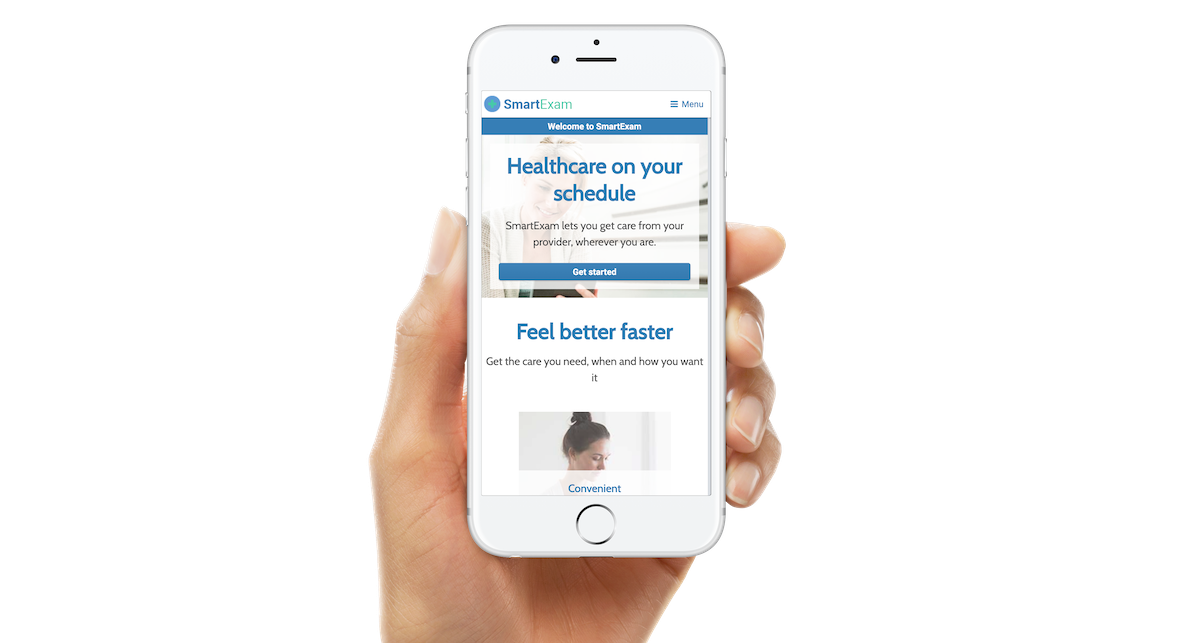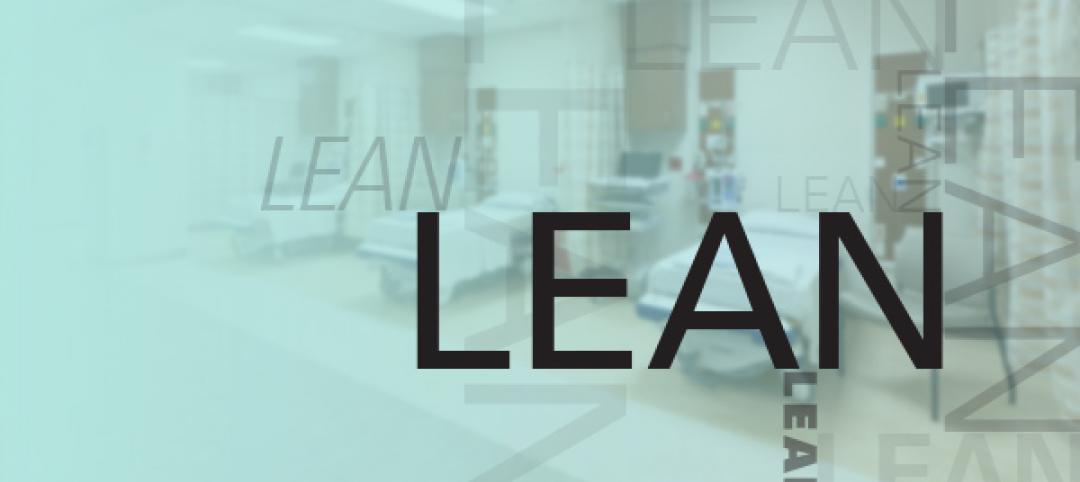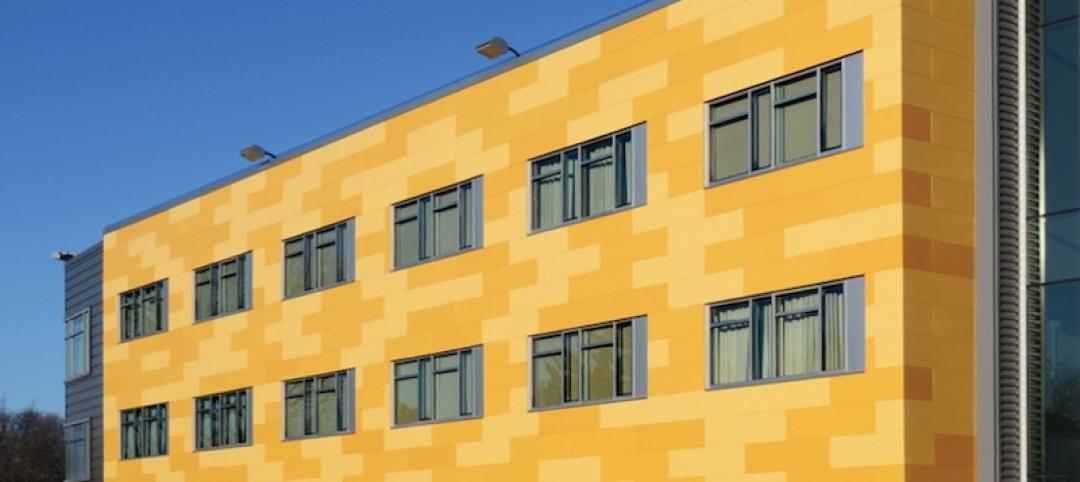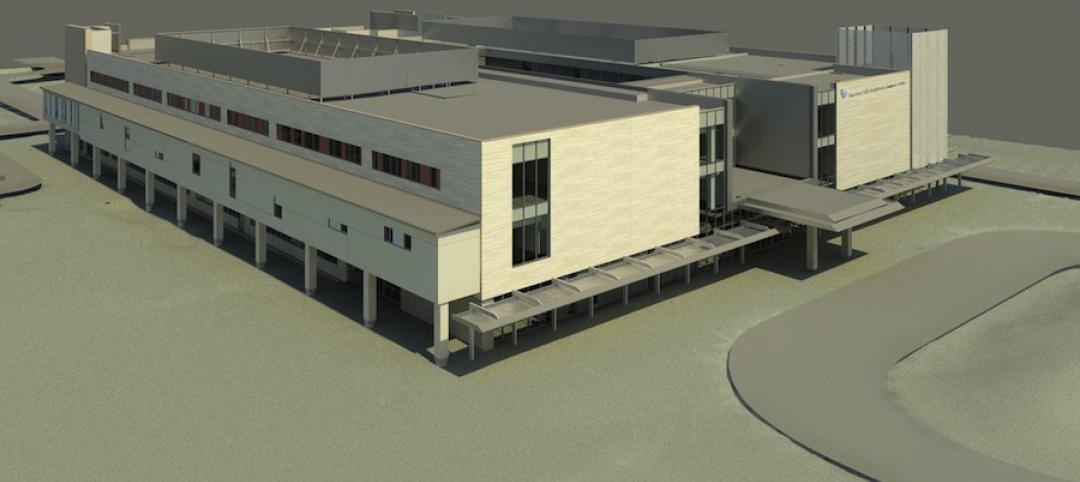Retail healthcare has been around for more than two decades, giving millions of people access to healthcare in nontraditional medical settings oftentimes referred to as “convenient care clinics.” Yet, it has been more recently that we’ve witnessed the popularity of these facilities take off in a remarkable fashion.
While 10 years ago there were only 350 retail health clinics in the U.S., today, the number exceeds 3,000, according to McKinsey. The number of visitors and scope of services provided have expanded significantly.
What is driving the consumerization of the healthcare experience? Physical access is certainly an important factor, because most healthcare consumers live in or around urban areas.
But there are other components at play, too. These include an easy process for making an appointment or, in many cases, the ability to simply walk in for service; convenient payment options either out of pocket or through health insurance; and lower costs compared to emergency room visits and private physicians.
Retail healthcare has succeeded, in large part, because it has adopted a unique personality that does not try to mimic a hospital experience. It plays up its differentiators and appeals to consumers’ desire for efficient and convenient care. This niche sector is far from mature. The future of retail health will encompass more options for preventative approaches and wellness with an emphasis on education.
In addition, payers are shifting to paying for convenience care to drive down hospitalization. As healthcare in the U.S. moves to value-based care, it will be more about prevention and education.
‘Patients expect care to be as convenient as ordering an Uber or requesting food delivery.
It makes sense that retail health has a big opportunity to continue to serve customers 24/7
through artificial intelligence and virtual healthcare.’
— Ray Costantini, CEO, Bright.MD
New players are reacting by redefining what retail health might look like by embracing technologies including mobile apps, telehealth, and artificial intelligence—and even creating new healthcare segments that directly address what we eat. As a result of the consumer’s engagement in proactively managing their health, we are confident that there will be more retail-driven solutions focused on fresh and healthy food and other related products and services.
Consumer demands change continuously, but this is nothing compared to the pace of innovation in the healthcare sector. Add to this an evolving view of what defines and influences individual and societal “health,” and it becomes clear why so many players are trying to stake a claim in a relatively young market.
Companies outside of healthcare—including tech powerhouses such as Apple, Google, Microsoft, and Amazon, as well as retail giants such as Disney, Walmart, Levi Strauss & Co., and 7-Eleven—all are exploring how they can be influencers in this space. Some providers may choose to go it alone; others will depend on strategic partnerships to advance their strategy. And in many cases, this may require thinking outside the clinics.
As healthcare systems experience a more competitive environment, they are becoming increasingly more patient-centric. They are responding by providing new retail-like services including food options as part of their patient experience strategy. One of these new retail services that thinks beyond the clinic includes the delivery of healthy food and other health-related items to enhance the consumer experience was developed by 7-Eleven.
“7-Eleven is always looking for new ways to provide convenience to customers, and we have been exploring nontraditional retail sites to offer the products and services most needed there,” said Charles Bantos, 7-Eleven’s Director of Corporate Development. “With our growing selection of better-for-you foods and beverages, hospitals seemed a natural fit. They, too, are open 24 hours, with medical staff, patients, and families needing a variety of items at all times of day. That is 7-Eleven’s specialty: Meeting our customers when and where they need it most.”
Dick Escue, Healthcare CIO and Innovation Leader at Fortium Partners, agrees with the notion of thinking outside the walls of a traditional retail clinic. “While retail health is a great alternative to primary care for many people, it is still limited because it is not typically 24/7 and is restricted to being inside a building.”
Escue explained the potential for growth that exists if and when retail health leaders incorporate virtual healthcare and mobile applications outside the walls of a clinic, reaching those individuals who can’t drive, don’t have the time, or simply think their medical needs can be handled more efficiently from their home or office.
For those serving organizations delivering healthcare services—be it medical services, healthy food and convenience, or technology that may lead to better patient outcomes—we need to stay ahead of how retail health is going to expand even further as technologies such as virtual health, blockchain, and artificial intelligence become more of our everyday reality. The healthcare consumer of tomorrow will come to expect an incredible experience, as efficiently as possible, for the lowest cost possible, all while positively impacting their health outcomes.
Tech meets retail health
It’s no easy task staying on top of how new technology is transforming healthcare delivery. For example, the budding field of artificial intelligence is only just beginning to shape solutions for more efficient treatments and better patient care. SmartExam, a virtual care platform by Portland, Oregon-based Bright.MD, attracts a significant number of patients under the age of 40 who do not have a primary care doctor and want a convenient experience. SmartExam delivers direct-to-patient care remotely for more than 450 low-acuity conditions without video. It is being used at several locations, including Providence Healthcare’s retail care facilities in the Northwest. The competitive healthcare environment has made branding, price, and patient-centricity core components of the retail marketing strategy.
“Patients expect care to be as convenient as ordering an Uber or requesting food delivery,” said Ray Costantini, CEO of Bright.MD. “It makes sense that retail health has a big opportunity to continue to serve customers 24/7 through artificial intelligence and virtual healthcare.”
The ubiquitous use of technology by millennials and the generations that follow will continue to drive innovation. For example, Uber is addressing the issue of missed doctors’ appointments due to lack of reliable transportation through Uber Health, which allows healthcare associates to book rides for those in need via an online dashboard. Autonomous vehicles with lockboxes may soon be equipped to deliver pharmaceuticals to retail outlets. Drones could deliver uncommon medical equipment to retail outlets.
The futurist Ray Kurzwell teaches that “our intuition about the future is linear, but information technology is exponential.” What does this mean for retail healthcare? A future that we can barely imagine is just around the corner.
About the Authors
Lisa Feeley is VP, Project & Construction Management with Transwestern. Sarah Carter is VP, Healthcare Advisory Services with Transwestern
Related Stories
| Oct 30, 2013
11 hot BIM/VDC topics for 2013
If you like to geek out on building information modeling and virtual design and construction, you should enjoy this overview of the top BIM/VDC topics.
| Oct 28, 2013
Urban growth doesn’t have to destroy nature—it can work with it
Our collective desire to live in cities has never been stronger. According to the World Health Organization, 60% of the world’s population will live in a city by 2030. As urban populations swell, what people demand from their cities is evolving.
| Oct 18, 2013
Meet the winners of BD+C's $5,000 Vision U40 Competition
Fifteen teams competed last week in the first annual Vision U40 Competition at BD+C's Under 40 Leadership Summit in San Francisco. Here are the five winning teams, including the $3,000 grand prize honorees.
| Oct 18, 2013
Researchers discover tension-fusing properties of metal
When a group of MIT researchers recently discovered that stress can cause metal alloy to fuse rather than break apart, they assumed it must be a mistake. It wasn't. The surprising finding could lead to self-healing materials that repair early damage before it has a chance to spread.
| Oct 14, 2013
The next level of Lean process for healthcare
Most hospitals have begun the Lean process improvement stage to eliminate waste, reduce travel distances, and minimize inventory, with varying levels of success. Here are three keys to creating a prosperous Lean program.
| Sep 24, 2013
8 grand green roofs (and walls)
A dramatic interior green wall at Drexel University and a massive, 4.4-acre vegetated roof at the Kauffman Performing Arts Center in Kansas City are among the projects honored in the 2013 Green Roof and Wall Awards of Excellence.
Sponsored | | Sep 23, 2013
Nichiha USA panels provide cost savings for community project
When tasked with the design and development of a newly constructed Gateway Rehabilitation Center, architects at Rothschild Doyno Collaborative first designed the new center to include metal panels. When the numbers came back, they were challenged with finding a product that would help cut costs and keep them within the construction budget. Nichiha’s fiber cement panels come in a half or less of the metal panel cost.
Sponsored | | Sep 23, 2013
HKS leverages Revu and Bluebeam Studio for IPD on the Banner Health MD Anderson Health Center project
Read how HKS is working collaboratively with all project partners and streamlining information flow using Bluebeam Revu and Bluebeam Studio to digitize communication and deliver the facility using IPD.
| Sep 19, 2013
What we can learn from the world’s greenest buildings
Renowned green building author, Jerry Yudelson, offers five valuable lessons for designers, contractors, and building owners, based on a study of 55 high-performance projects from around the world.
| Sep 19, 2013
6 emerging energy-management glazing technologies
Phase-change materials, electrochromic glass, and building-integrated PVs are among the breakthrough glazing technologies that are taking energy performance to a new level.

















